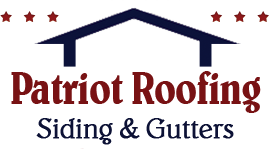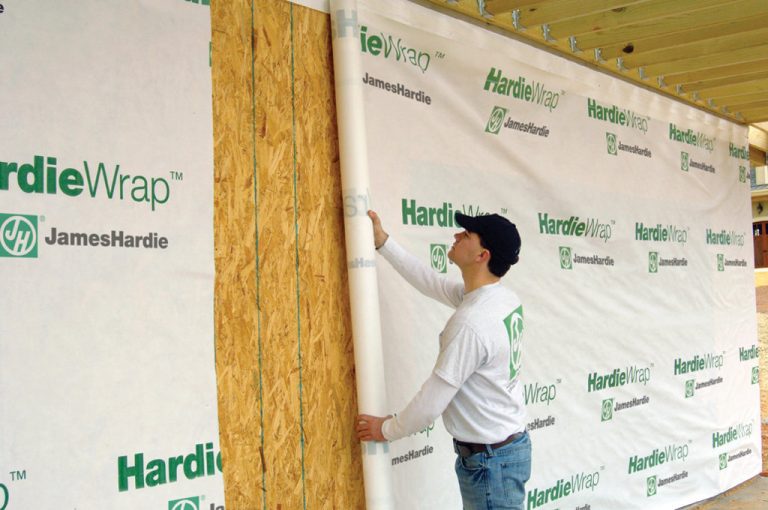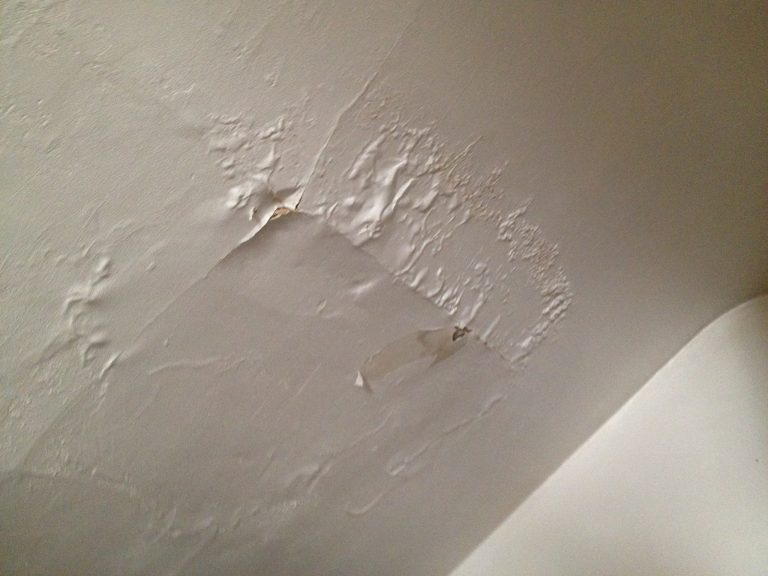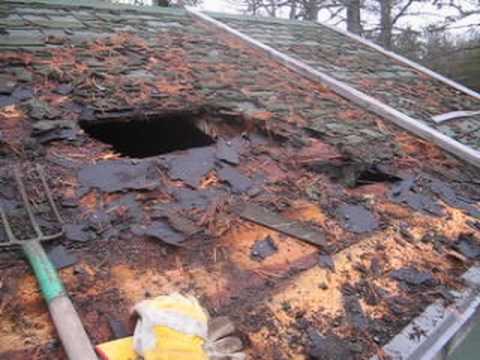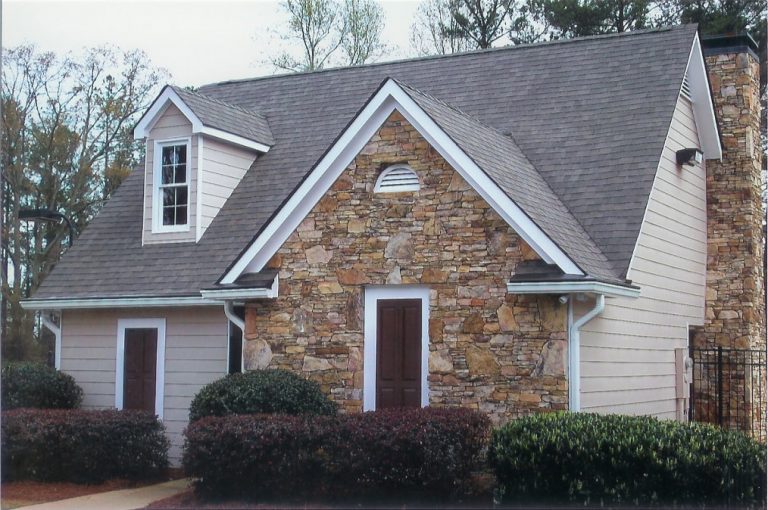A lot of us aren’t familiar with a lot of roofing words and are lost when the roofing contractor used them. While it is always a good idea to clarify from the roofer what he/she means when he/she uses a certain term, it is important to know these basic words. A wall that projects out of the sidewall of a building is known as a cornice. Horizontal rows of tiles or shingles are referred to as courses. Roofing materials are put on a surface called the deck or sheathing and plywood are generally used to make Small structures such as skylights and windows that stick out of the flatness of a pitched roof are known as dormers. Portions of the roof extend beyond the outer walls of the house and the undersides of these edges are called the eaves. Eaves and rakes are two sides of the same coin in that the latter are just the top surface of the former.
Replacing your existing roof or considering your options for a new build can be quite a daunting task. An experienced roofer is essential for any such work, but knowing roofing terms beyond the difference between ‘slates’ and ’tiles’ can certainly make the process a little easier, and help you have a good idea of the look of your roof in the early planning stages. Here is a quick guide to some less-known roofing terms.
Felt
Roofing felt is primarily used to protect the inside of your roof from any rain, snow or dust which can occasionally be wind-driven through the small gaps between slates or tiles. Different felts vary in quality and ‘weight’ and it is also important to consider whether the breathable or non-breathable material will be suitable for your home due to potential issues with condensation. If you frequently use radiators or tumble dryers in your home, a non-breathable felt should be used to ensure that your roof is sufficiently ventilated.
Valley
The valley is the line between where two sloping roofs meet. This is obviously an area of the roof which will see a considerable amount of water runoff during wet weather, so it is typical practice to line the valley with lead or a more modern glass fiber material known as Glass Reinforced Plastic (GRP).
Hip
In visual terms, the hip is much like the opposite of the valley where one side of a roof meets the other. Of course, the hip of any roof needs to be weathered too and this can be achieved in a variety of ways with lead (external or hidden), as well as clay or concrete tiles.
Verge
The verge is used to describe slates or tiles which overhang a table and are fixed vertically to the top of the building wall. They are an aesthetically pleasing way to weather this particular part of the building and are often finished with slates on a bed of mortar, or alternatives such as boarding.
Batten
Battens are the wooden fixing points for your tiles and slates. Battens are typically analyzed or pressure treated for durability and to ensure they can’t be damaged by water and other potential problems, such as fungus or insects.
